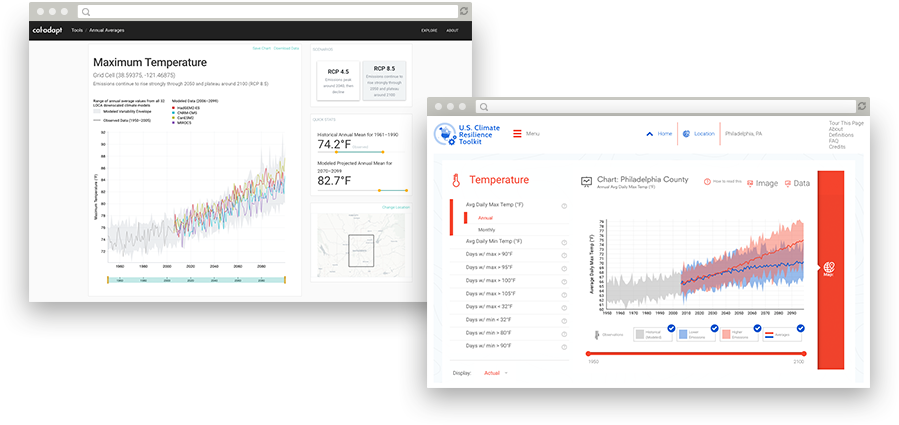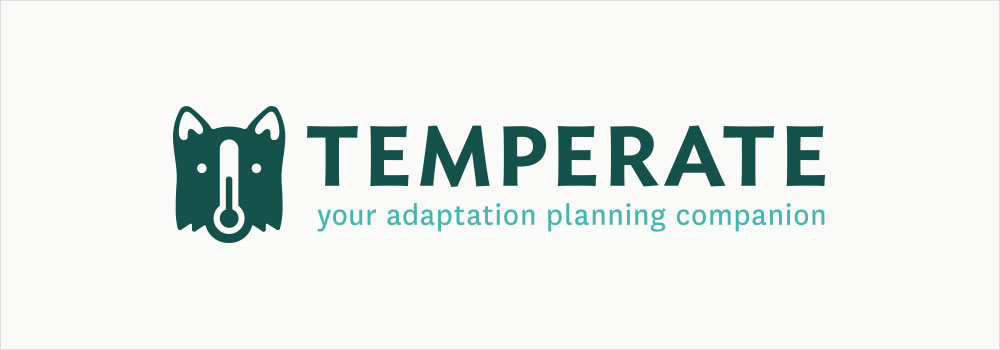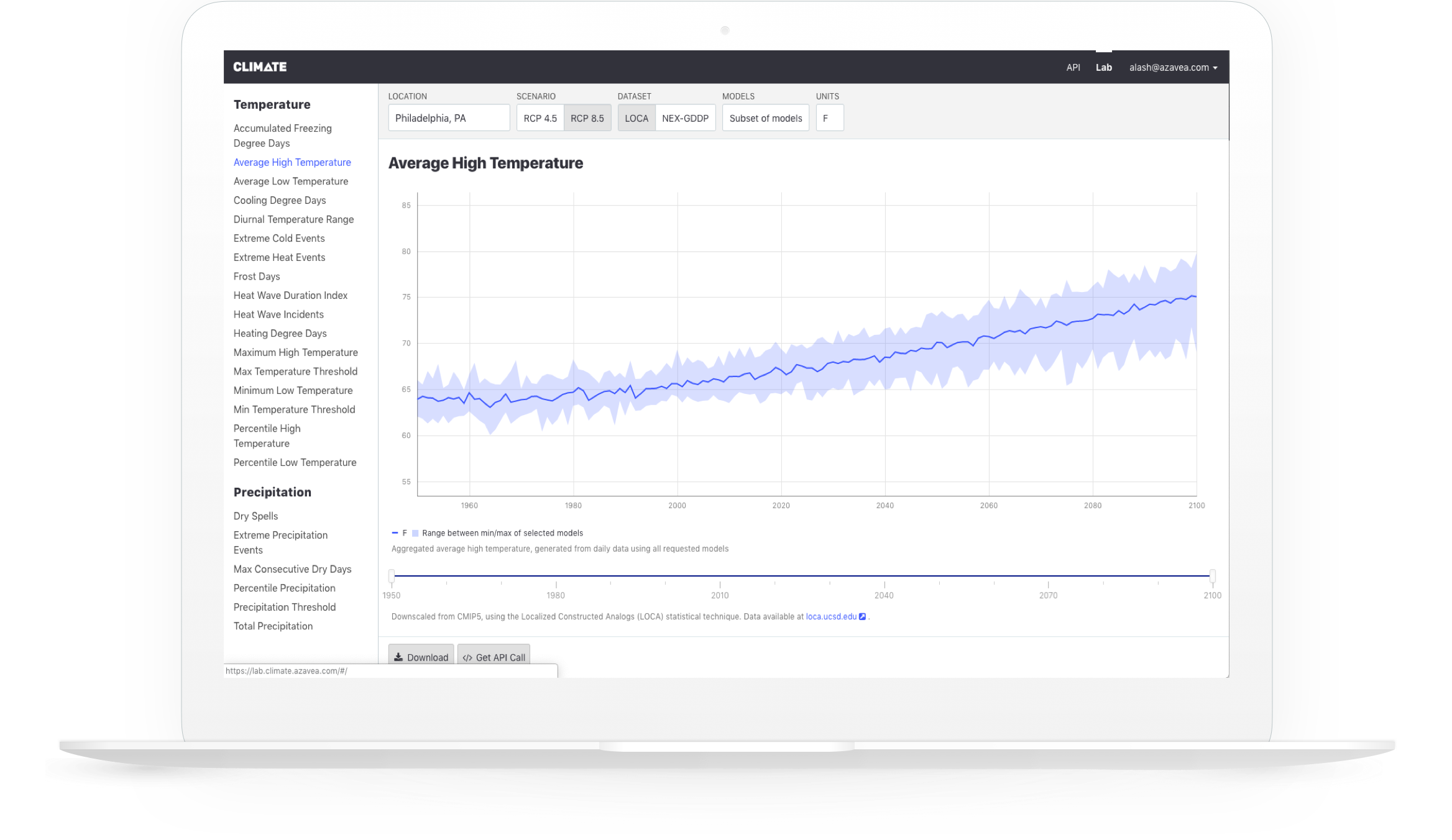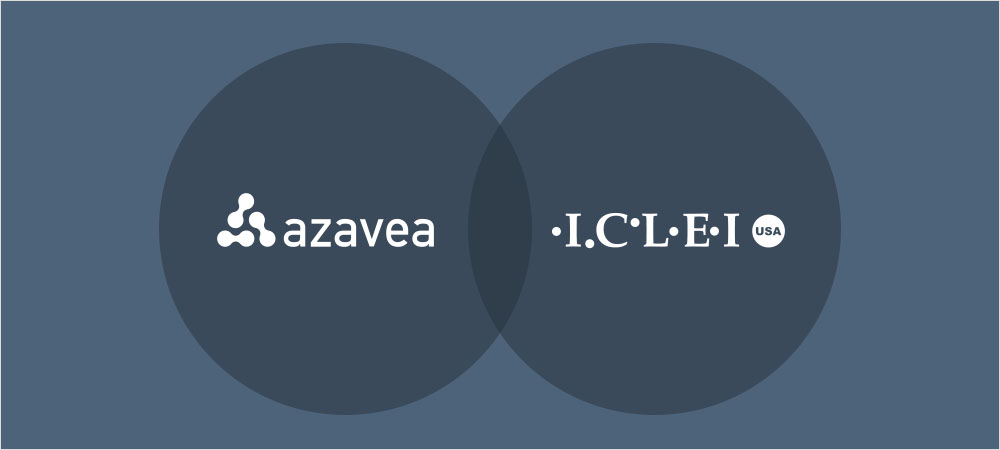In April of this past year, Azavea launched Temperate. Temperate is an application that guides city staffers through developing actionable plans that address challenges posed by the changing climate.
This is the first post of a two-part series detailing our design process.
Pivoting from our original assumptions
Temperate was created in the second phase of a Department of Energy (DOE) grant. At this stage, Azavea’s goal was to give decision makers better access to dependable climate data. In the first phase, we built a Climate API to help adaptation planners, city officials, researchers, and data journalists access twenty climate indicators from 1950 to 2100 in the two most popular carbon emission scenarios.
However, we quickly realized that the people who needed the information the most were the least likely to find an API accessible. As a result, we built the Climate Lab: a graphical user interface that allows people to visualize and filter the API data.
This experience taught us an important lesson: in order to develop more impactful solutions, we needed to better understand the day-to-day challenges that decision makers face. To this end, we committed ourselves to two classic UX practices: close collaboration with subject matter experts and early and frequent user interviews.
Developing meaningful partnerships
While Azavea had worked on climate-related projects in the past, we hadn’t worked on a climate project of this scope. As a result, partnering with an organization embedded in the climate adaptation field would allow us to:
- Have more confidence in our decision-making throughout feature-development
- Speak directly with potential users of our application before building anything
We formed a partnership with one of our advisory board members, Michael Steinhoff, Program Manager of Tools and Technical Innovation at ICLEI-USA.
ICLEI-USA was a good partner for this project: their mission lined up well with the goal and they had experience with building software aimed at mitigating climate change (they operate a web application for energy and emissions management for their members called ClearPath).
Asking the right questions
With ICLEI-USA’s support, we reached out to people connected to the climate planning process. All told, our team conducted 27 interviews with people in their network. Each interview included a designer, business development manager, partner at ICLEI-USA, and a project manager. As is typical for user interviews at Azavea, one person engaged the interviewee as another took detailed notes.
At this stage, our team aimed to better understand adaptation planning and pain points in current processes. Open-ended questions, such as:
- What is your role in your city and what does your day-to-day look like?
- Who helps those tasked with planning who lack a science or resiliency background?
- How does collaboration between stakeholders happen now?
went a long way in gaining us valuable knowledge about the space.
Turning our interviews into a product
Now that we had heard from the people we wanted to help, how could we turn our findings into an application?
Our interviews revealed some patterns: tool fatigue, siloed departments, and lack of communication (or even dissonance) amongst stakeholders. Notably, it was often unclear to planners what next steps they should take once climate concerns have been identified. Interviewees also validated our concern that accessing the climate data is no longer the primary issue. In fact, by this point many great organizations had made high-quality, robust climate data easily accessible.

Rather, adaptation planners frequently grapple with two questions: how do I translate these data into concrete, actionable plans and how do I fund those plans?
Knowing this, we could more confidently pivot from a data-focused API to a product that would lead users through the development of actionable plans.
Takeaways
Identifying gaps in a business sector is a necessary step in any product’s development. We were able to leverage our partnership with ICLEI-USA for user interviews, usability testing, product terminology, and business requirements. Most importantly, findings from our user interviews became the north star around which we could base Temperate’s roadmap and scope.
You can learn more about Temperate in our launch announcement or open up your own account (it’s free) and tell us what you think!




